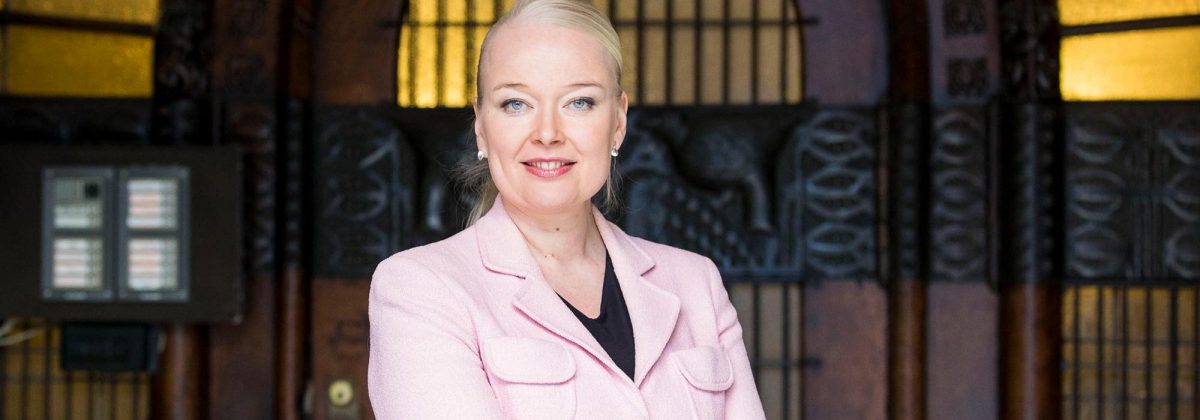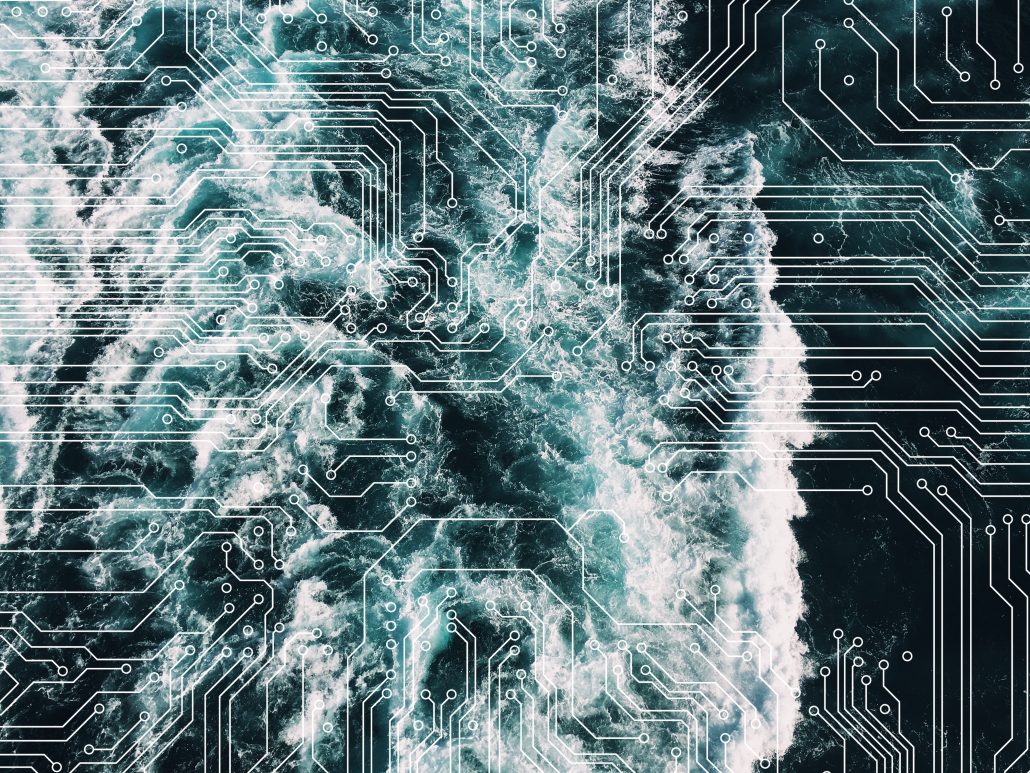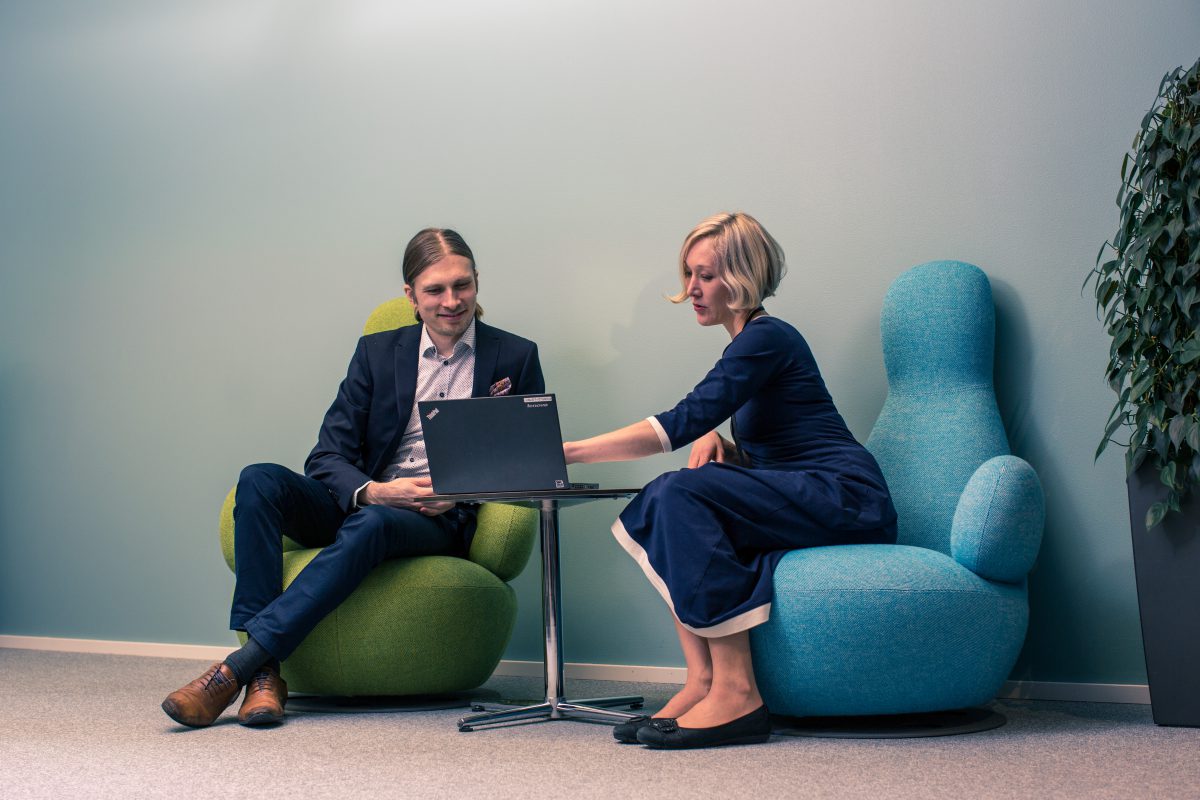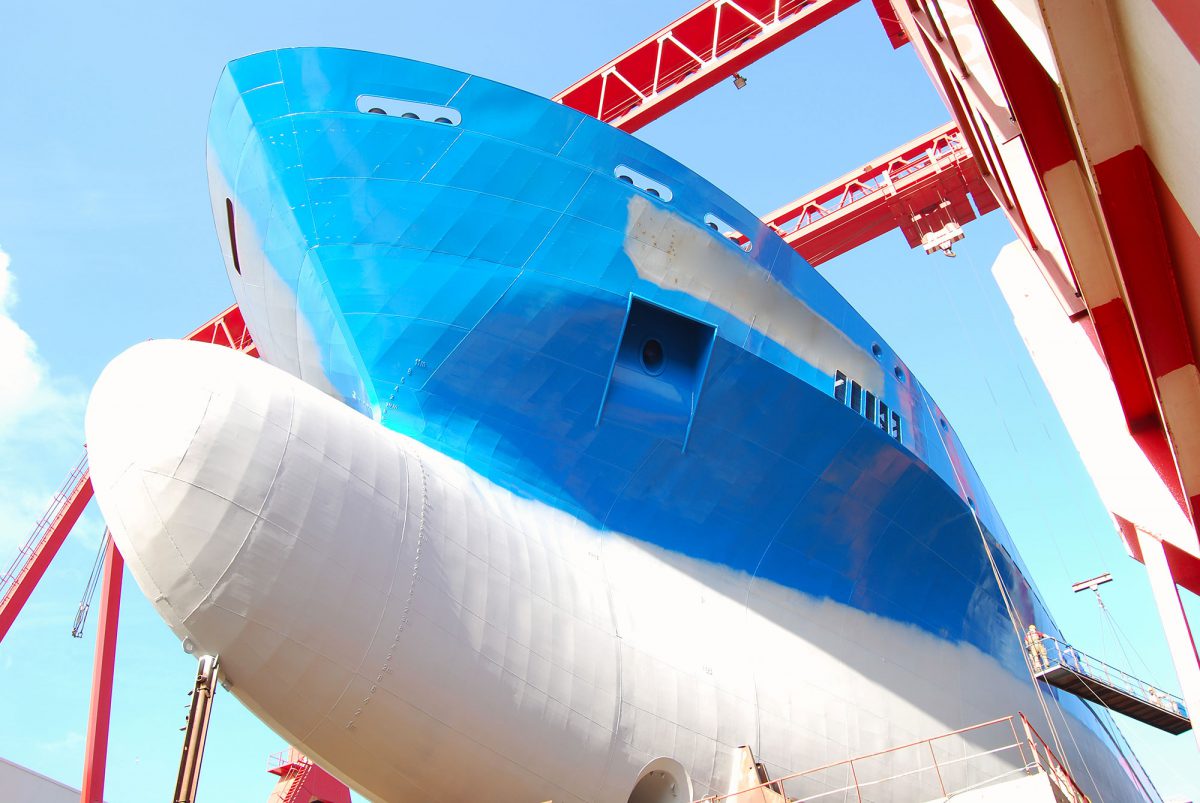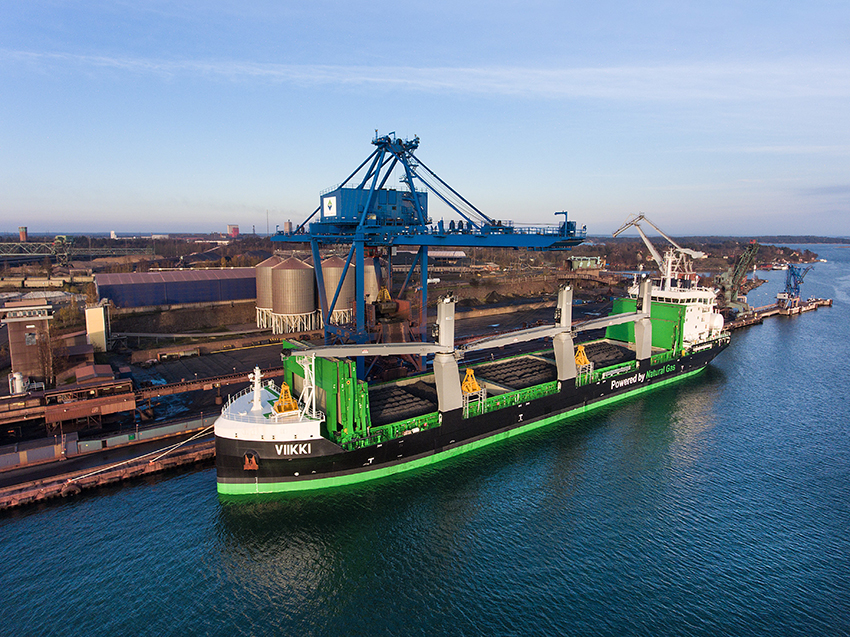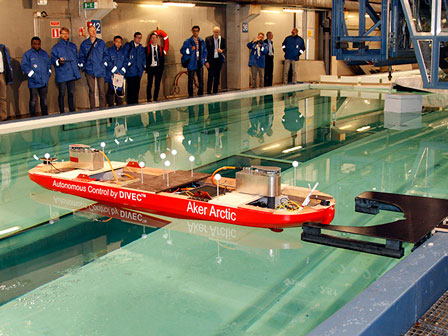Where do you find yourself if you search for world-class engineering talent, globally competitive maritime industry, top expertise in ICT and digitalization, and booming startup activity? Why, Helsinki, of course. And when you get here, Helsinki Business Hub will help your company get started and hook you up with the right partners. We at Helsinki … Lue lisää “Five ways to benefit from the smart maritime ecosystem of Helsinki and Finland”
Where do you find yourself if you search for world-class engineering talent, globally competitive maritime industry, top expertise in ICT and digitalization, and booming startup activity? Why, Helsinki, of course. And when you get here, Helsinki Business Hub will help your company get started and hook you up with the right partners.
We at Helsinki Business Hub recently encountered an interesting question: As Finland has top-class engineering talent and is a global leader in marine technology, why is it still such a hidden gem? Why are Finns not advertising this excellent package every chance they get? Well, let us use this opportunity to do just that. Finland and especially Helsinki is a global maritime hotspot. When it comes to digitalization, arctic technology and innovation in marine tech, we rank right on top, globally.
- World class center for marine tech
The Greater Helsinki area is the home base of numerous companies producing world-class marine technology and equipment. International industry leaders, such as Wärtsilä, ABB Marine, Arctech, Cargotech, and Konecranes, have headquarters in the Finnish capital region.
The global, stock-listed players are an important driving force for the Helsinki smart maritime cluster. But the region’s strength lies in the diversity of its business ecosystem and its technical competence. In addition to global giants, Helsinki also has a vibrant innovation, co-creation and startup community.
Helsinki is rich with diverse marine expertise, from ship design and cruisers to marine connectivity and cyber security. From IoT and data collection on vessels to analyzing big data. From cutting-edge cleantech and satellite technology to expertise in smart port and shipping solutions. Because of our climate, we have companies like Arctia, Aker Arctic, and Arctech Helsinki Shipyard, specializing in technology and services for Arctic conditions and routes, for example icebreakers.
- Top level engineering talent and R&D
Finland is known around the globe for its educational system and results, including world-class universities. The Helsinki region is very research-intensive, with an educated and skilled workforce. This benefits our marine industry. For example, Aalto University’s research group on Arctic Marine and Ice Technology studies the behavior of ships and structures in ice, the behavior of sea ice, and the impact that sea ice has on the safety of maritime transportation.
Another good example of maritime research and development is the INTENS project, run by VTT Technical Research Centre of Finland and funded by Business Finland. The collaborative, industry-wide project aims to digitalize and disrupt the Finnish marine industry, with a special focus on efficient energy systems and green shipping.
- State support to enable digital and autonomous maritime industry
As far as cargo volumes are concerned, the Finnish ports may be small, but their efficiency, digitalization and use of open data benefits all organizations involved with port operations. In fact, our ports are finding new ways to utilize open data and the 5G network through initiatives like DigiPort and 5G Momentum.
The Finnish government has also recently adjusted the legislation to better enable the testing and development of autonomous maritime operations, vehicles and technologies. This has paved the way for the first test area for autonomous shipping in the world. The test area is part of the One Sea ecosystem, which works towards an operating autonomous maritime ecosystem by 2025. The ecosystem combines top research, state-of-the-art information technology and global businesses.
- Frontrunner of sustainable shipping
Helsinki is the busiest passenger port in Europe with almost 12 million passengers annually. It is also an environmentally responsible port. The international Green Shipping Summit chose the Helsinki Port as the greenest port of the year. Helsinki wants to lead the way in sustainability, for example by encouraging shipping companies to discharge their waste water directly into the City’s sewer system.
- Strong innovation and startup ecosystem attracts investments
Helsinki offers a bustling, closely-connected innovation ecosystem, where even competitors work together. In fact, according to the recently-published Global Startup Ecosystems Report by Startup Genome and the Global Entrepreneurship Network (GEN), Helsinki is #1 in local connectedness. It’s also a strong ICT hub with lots of talent and technological innovation. When you combine connectedness with a booming startup scene and top ICT expertise, you get great opportunities for open innovation and cooperation between large corporations and startups. A good example of this is the Helsinki-based Wärtsilä Digital Acceleration Center, which enables fresh ways to co-create new solutions and bring them to the market.
In Finland, the public and private sectors also work closely together, and the state offers committed support for business projects, for example through Business Finland’s innovation funding. Private business funding is strong as well. According to Ernst & Young’s EY 2018 Nordics Attractiveness Report, Finland is #1 in foreign direct investments in the Nordics, with Helsinki holding the greatest pull and being the most attractive destination for FDI in the Northern Europe. Finland also led the charts in European venture capital investments in startups and early stage growth companies in 2013–2017, hitting a record high in 2017. The number of foreign investments into Finnish companies has increased tenfold since 2010.
Become part of our ecosystem
So, the gem is no longer hidden! Now you know that Helsinki is the hotspot of marine innovation, R&D, and business, and you are most welcome to join and utilize our ecosystem. We, the regional development and investment promotion agency Helsinki Business Hub, are happy to help you establish your R&D operations, find the best partners and set up your business in the Helsinki region.
Contact Maria Hartikainen at maria.hartikainen@hbh.fi to get connected!
Text: Maria Hartikainen & Anu Jussila

